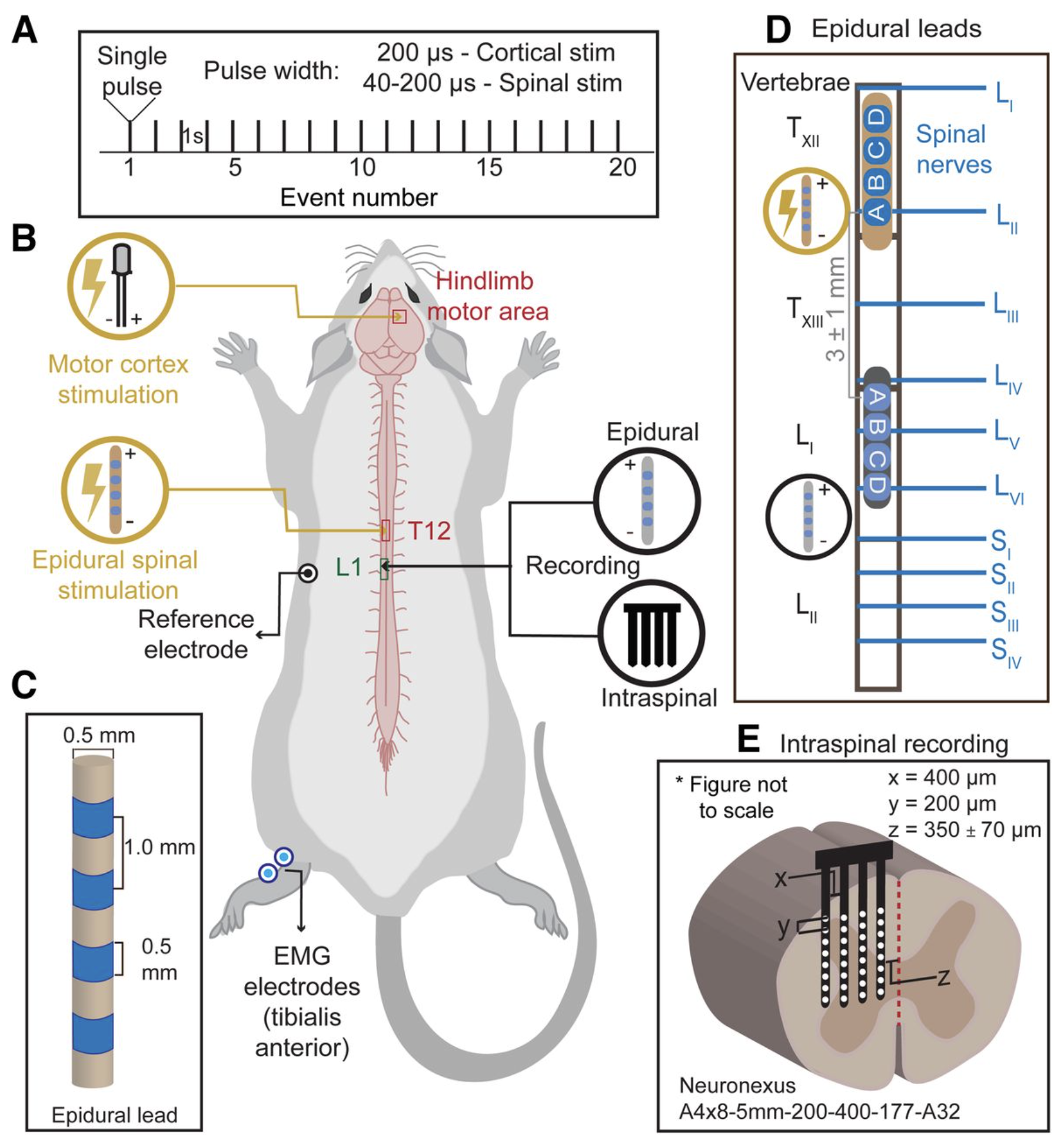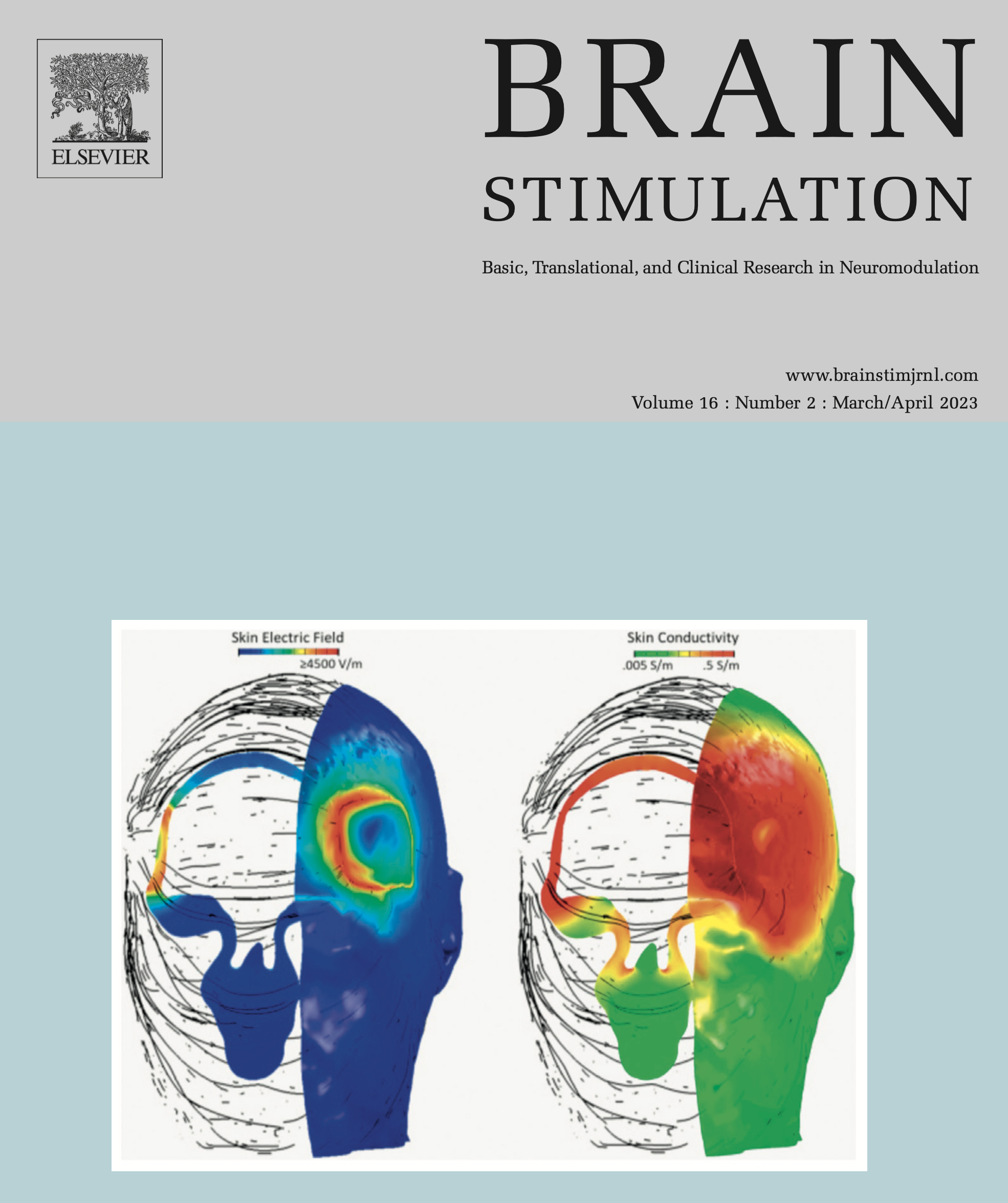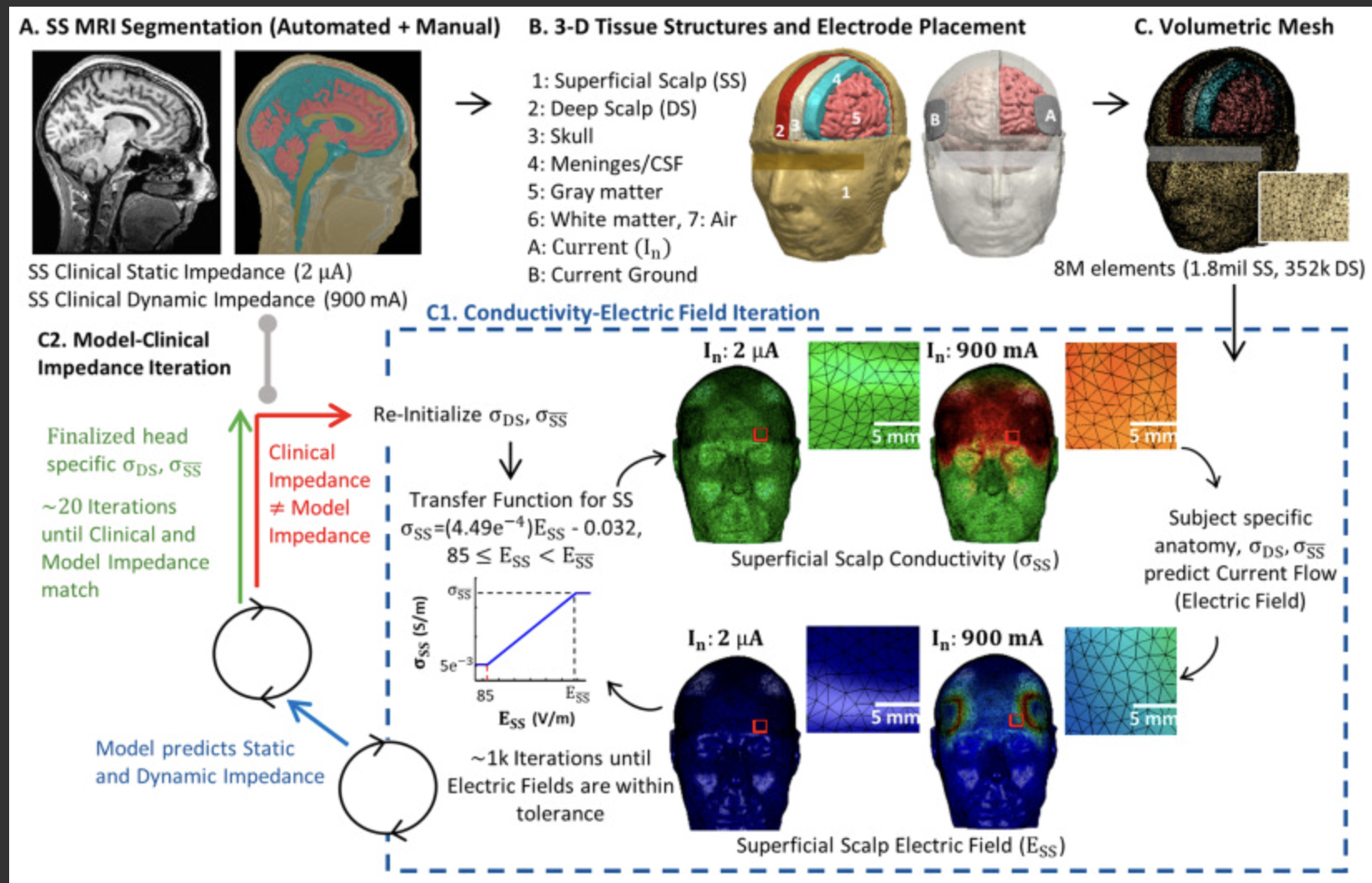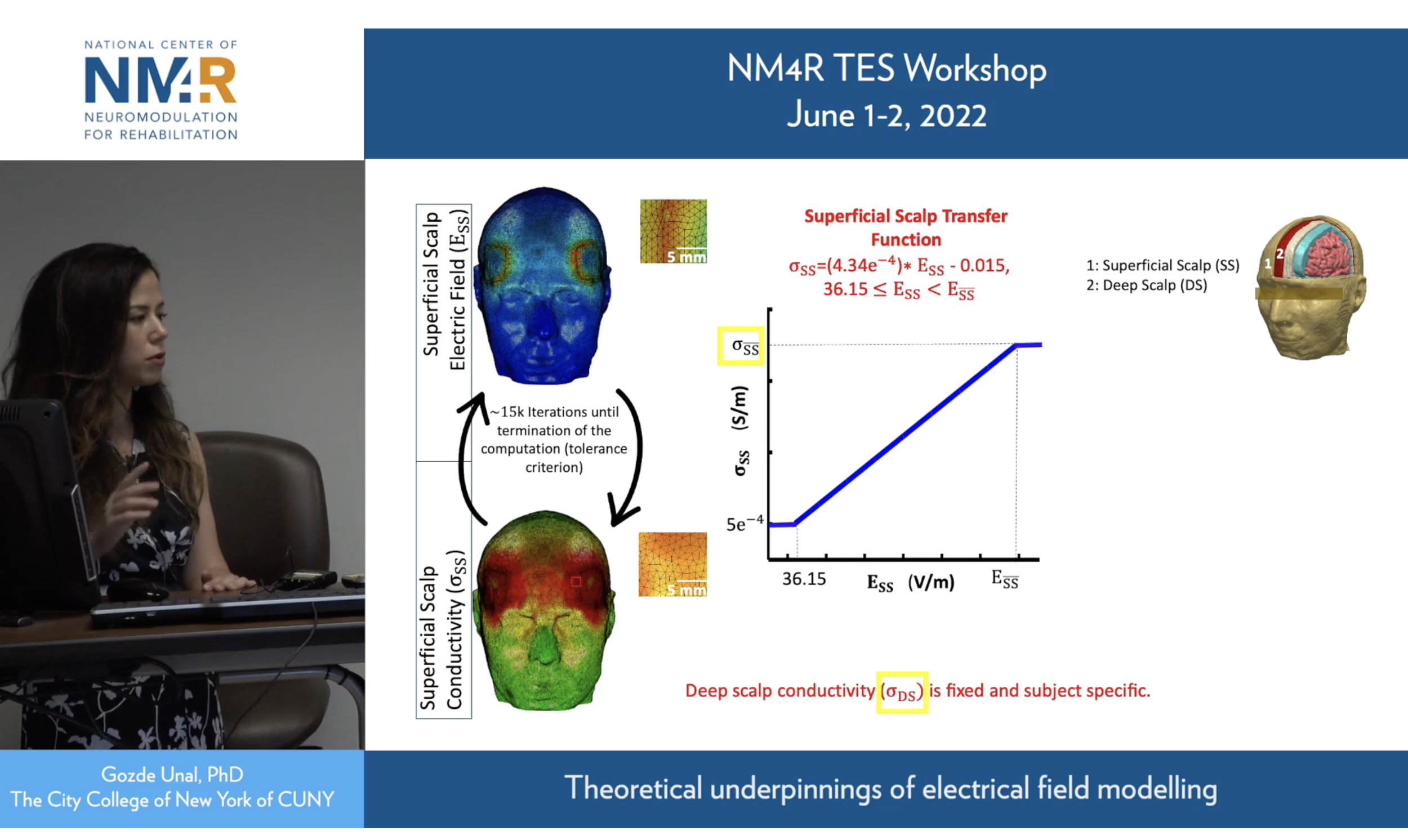Tentative Agenda, All Times EDT
8:30-8:45
Welcome and Introductions
8:45-9:00
Overview of the Bioelectronic Medicine Industry
James Cavuoto, Editor, Neurotech Reports
BioElectRx Business Report Editor James Cavuoto presents an overview of the bioelectronic medicine industry, including key players, technological roots, and market projections.
9:00-9:30
Keynote Address
Helen Mayberg, M.D., Director, Center for Advanced Circuit Therapeutics, Icahn School of Medicine at Mount Sinai
One of the pioneers in the field of neuromodulation for psychiatric disorders discusses the interplay between pharmacological and device interventions in treating disease.
9:30-10:15
Investment in Bioelectronic Medicine
JoJo Platt, Senior Contributing Editor, Neurotech Reports, Moderator
Josh Schulman, Ph.D., Chief Science Officer, Joy Ventures
Amy Kruse, Ph.D., Chief Innovation Officer, Satori Capital
In this session, investment professionals active in the life sciences industry will offer their views on the investment climate for bioelectronic medicine.
10:15-10:45
Refreshment Break
10:45-11:30
Entrepreneur Panel I
James Cavuoto, Editor, Neurotech Reports, Moderator
Brad Schmidt, Ph.D., CEO, Panaxium
Sandro Ferrari, Ph.D., Director of Operations, WISE srl
Presentations from executives of emerging bioelectronic medicine firms.
11:30-12:00
Exploiting the Enteric Nervous System
James Cavuoto, Editor, Neurotech Reports, Moderator
Victor Pikov, Ph.D., CEO, Medipace Inc.
Jennifer French, Executive Director, Neurotech Network
The brain-gut connection not only opens the door to new bioelectronic medicine therapies for gastrointestinal disorders, it also offers a potential back door to the CNS. In this session, we'll explore potential new therapies and opportunities to collaborate with biopharma firms.
12:00-1:00
Luncheon
1:00-1:30
Luncheon Speaker
Will Pitkin, Senior Director of Business Development and Neuromodulation Strategy, Cirtec Medical
1:30-2:15
Biomarkers Close the Loop in Bioelectronic Medicine
Victor Pikov, Ph.D., Contributing Editor, Neurotech Reports, Moderator
Marom Bikson, Ph.D., Professor of Biomedical Engineering, City College of New York
Imanuel Lerman, M.D., Founder, InflammaSense
The ability to track neural activity offers bioelectronic medicine vendors several advantages. In this session, we'll look at examples of closed-loop neuromodulation and discuss new areas that stand to beneift.
2:15-3:00
Entrepreneur Panel II
James Cavuoto, Editor, Neurotech Reports, Moderator
Marc Powell, Ph.D., CEO, Reach Neuro Inc.
Karen Crow, CEO and Co-Founder, NeuroGeneces
Presentations from executives of emerging bioelectronic medicine firms.
3:00-3:30
Refreshment Break
3:30-4:15
Entrepreneur Panel III
James Cavuoto, Editor, Neurotech Reports, Moderator
Christine Aytug, Director of Business Development, Evren Technologies
Jacob Robinson, Ph.D., Co-Founder and CEO, Motif Neurotech
Presentations from executives of emerging bioelectronic medicine firms.
4:15-5:00
Who Foots the Bill? New Economic Models and Reimbursement Options
Jeremy Koff, Senior Consulting Editor, Neurotech Reports, Moderator
Renee Ryan, CEO, Cala Health
Mark Domyahn, Partner, J.D. Lymon Group
Bioelectronic medicine therapies occupy some new terrain when it comes to payment models and reimbursement strategies. In this session, we'll explore recent trends in device coverage and look at best practices for obtaining reimbursement.
5:00-6:30
Cocktail Reception











































